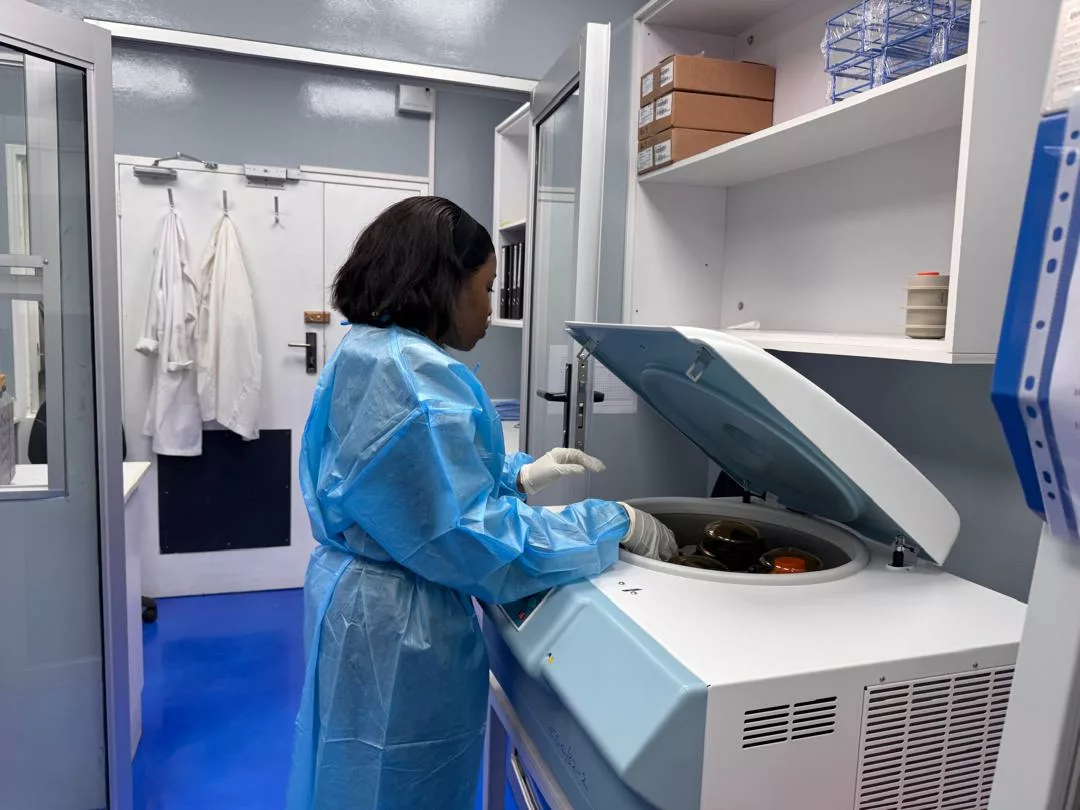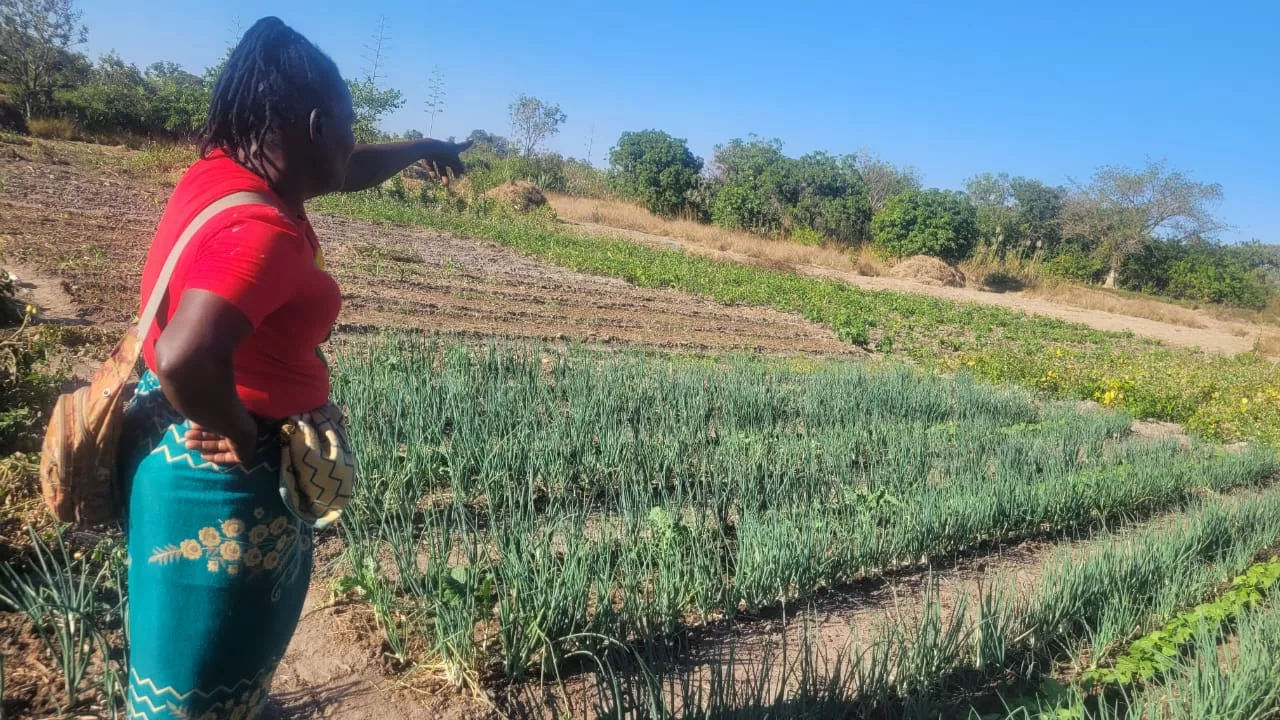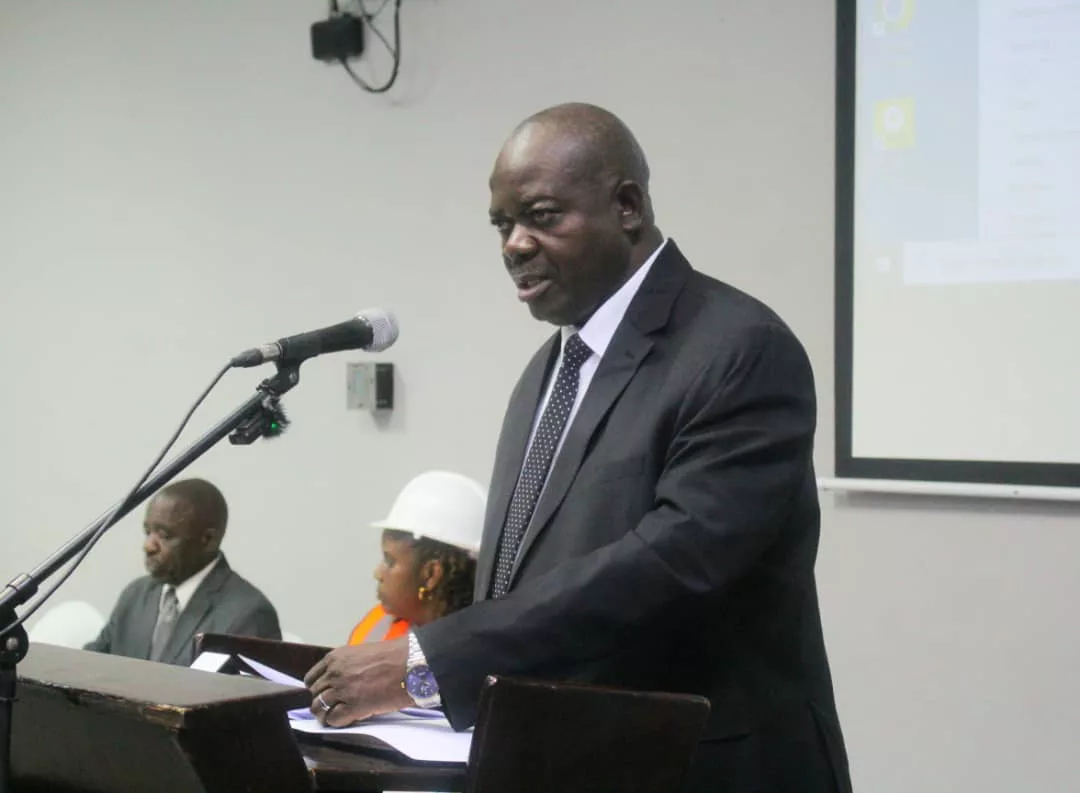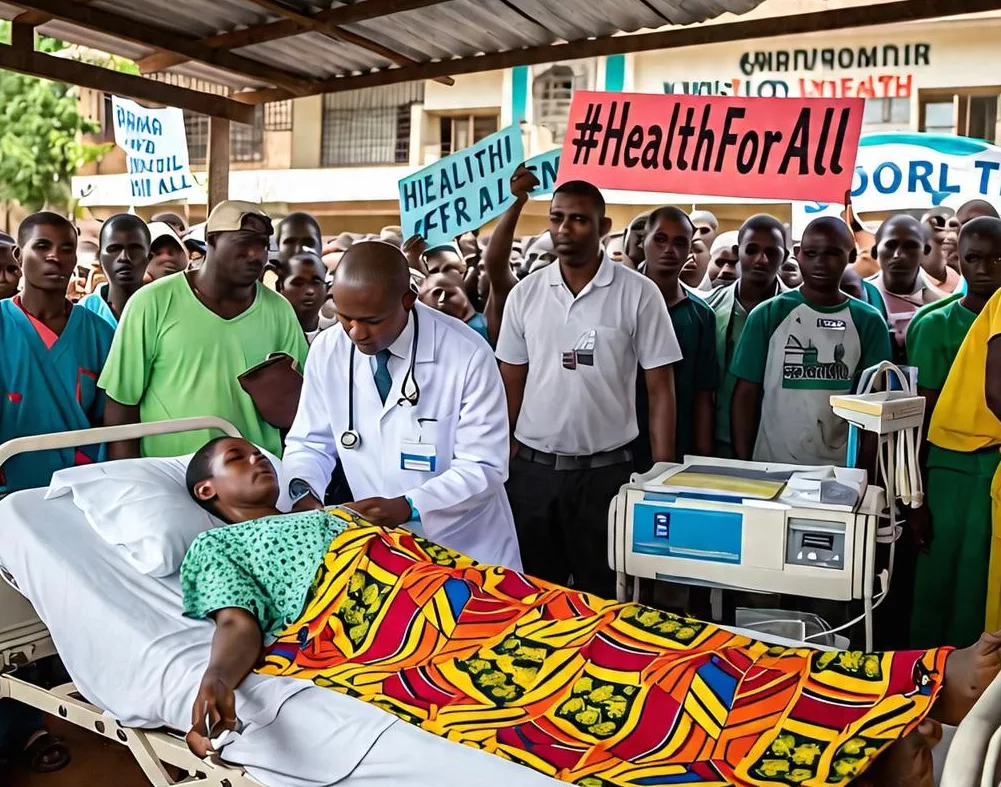|
Getting your Trinity Audio player ready...
|
The commissioning of the University of Zimbabwe (UZ) Polio Laboratory has been described as a landmark achievement in the collective journey toward a polio-free world, emanating from the envisaged improvement in disease surveillance and diagnostics.
This state-of-the-art facility stands as a testament to the unwavering commitment of Zimbabwe, in collaboration with global partners like WHO, eHealth Africa, and Gates Foundation, to strengthening surveillance and diagnostics in the fight against polio.
In his remarks, Dr Desta A. Tiruneh, World Health Organization Country Representative during the Commissioning of the Upgraded Polio Laboratory of the University of Zimbabwe today 27 March 2025 at the Gelfand Hall at the Faculty of Medicine and Health Sciences in Harare, said the opening of this laboratory represents not just an important milestone in Zimbabwe’s health infrastructure, but also a critical step forward in safeguarding the health and well-being of children across Africa.
“The World Health Organization commends the Government of Zimbabwe for its steadfast commitment to the Global Polio Eradication initiative. The country’s high-quality response to the current type 2 polio outbreak is greatly appreciated.
“Through strong leadership, strengthened routine immunization, and four successful rounds of polio vaccination campaigns, Zimbabwe has positioned itself to control the outbreak, prevent further transmission, and sustain its wild polio-free status, first achieved in 2005,” Dr. Tiruneh said.
Recognizing the need for detecting virus circulations in the population, Zimbabwe launched Environmental Surveillance for Polioviruses in March 2023. What began with 4 sites in Harare Province, has now expanded to 9 sites across the country. The samples collected were sent to the National Institute for Communicable Diseases (NICD) in South Africa for processing.
The Global Polio Eradication Initiative, and specifically the Global Polio Surveillance Action Plan 2025-2026 emphasizes the need to optimize environmental surveillance to contribute to the timely detection of polioviruses while maintaining and strengthening the integrity, capacity, and capability of the Global Polio Laboratory Network.
He said acute flaccid paralysis surveillance misses asymptomatic carriers that shed the virus into the environment. These circulations would go undetected if there is no established environmental surveillance of polioviruses. The Africa region to identify and stop all transmissions, initiated environmental surveillance in 2010. Stakeholders are celebrating Zimbabwe’s capacity for in-country processing of ES samples in a state-of-the-art ES laboratory in Harare.
Zimbabwe’s National Polio Laboratory, one of the WHO-designated laboratories globally (one of sixteen such labs in 15 African countries) for acute flaccid paralysis surveillance since 1992, has been consistently delivering high-quality laboratory results.
To achieve this remarkable progress, WHO mobilized funding from the Gates Foundation and refurbished space that was provided by the University of Zimbabwe. Procurement of Specialized equipment, ES laboratory-specific reagents and supplies, and training of personnel on ES-specific diagnostic techniques have all ensured that Zimbabwe starts ES diagnosis locally.
“The fact that the Polio lab belongs to a network of 16 other polio labs in Africa also entails that Zimbabwe could also be called upon to support other labs if the need arises. This advancement will increase the quality and timeliness of polioviruses not only in Zimbabwe but in Africa as a whole.
“The setup, including new equipment and training, has been a substantial investment, supported by WHO and the Gates Foundation. We applaud the strong collaboration between the Ministry of Health and Child Care (MOHCC), the University of Zimbabwe, WHO, and the Gates Foundation. We also thank eHealth Africa for completing the renovation of the lab infrastructure which is critical in making this laboratory upgrade a reality.”
The upgrading of the Lab costs USD 364,520.39 while the total investment amounts to USD 989,250.51. There are prospects to exploit the potential opportunities for integrating ES with multi-pathogen surveillance for other key pathogens that may be recoverable from wastewater. This will go a long way to further strengthen the broader Health System and the associated academic training and research aspects of the country.
Dr Tiruneh said the ability of ES to detect and monitor trends of occurrence of pathogens of public health importance before and during outbreaks not only serves as an alert system but also a useful contribution to successful interventions.
He reiterated that the WHO remains committed to supporting Zimbabwe in further enhancing its health system, particularly through strengthened laboratory surveillance.
Raiva Simbi, the Director of Laboratory Services in the Ministry of Health and Child Care said the establishment of the laboratory is not just an achievement but a vital step forward in environmental health surveillance effort.
He said by monitoring environmental samples, they can detect the presence of poliovirus in the surroundings, which is crucial for any intervention and response.
“This proactive approach will enhance our ability to prevent outbreaks and safeguard the health of our multi-colonial populations, which is our children. So, just also to divert a little bit, as Laboratory Services, we have received a lot of investment in the country. And I’m also happy that we have done what we call diagnostic network optimization,” Simbi said.
He said the commitment to strengthening immunization programs has seen remarkable progress while partnerships with local communities and international organizations have laid a robust foundation for disease surveillance. Through these collaborations, there has been improvement in the capacity to monitor and respond to health threats effectively.






